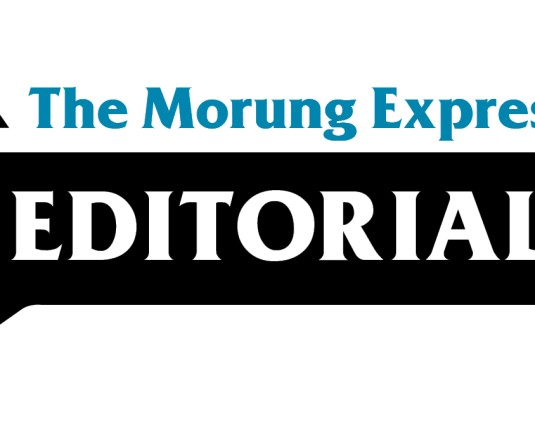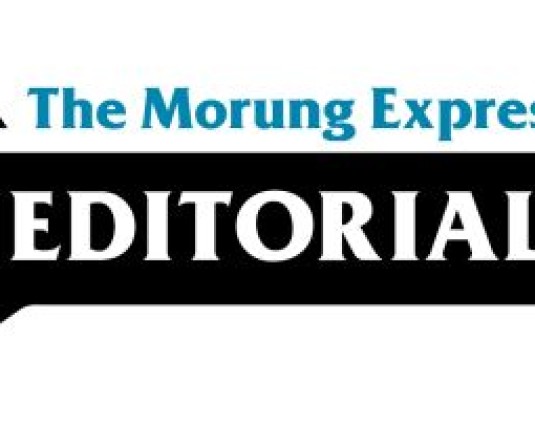
Indigenous peoples, the world over have witnessed great destruction, despair and suffering meted out against them; challenging the very core of their social, political, economic and moral fiber. Yet, it is these experiences that have compelled them to search deep within themselves to seek their ‘inner strength’ that empowers them to transcend the structures of fear; a global phenomenon that remains an effective obstacle to liberative change. This ‘inner strength’ is a result of the interplay of their history, reality and vision. The historical forces and realities that created unique compelling circumstances to seek this ‘inner strength’ have become their constant companion and the source of their passion, courage, inspiration and commitment in their collective moral imagination.
Indigenous wisdom borne out of experiences passed on from generation to generation is conscience of the deeper understanding of human ‘journeys’ and that within the larger liberation of humanity, their respective liberation is tied within it. This idea stems out from the moral imagination that humans don’t not just live in one world, but in many worlds and the need to respect and partner with each other towards positive changes. The moral imagination challenges the traditional practice of presenting the worldview and local knowledge of the dominant as the reality. It believes that when existing states have the capacity of destroying the whole of humanity, it would be shortsighted to propound the idea of building a ‘good society’ and ‘good relationships’ within the existing system.
For the collective survival of humanity it has become a necessity for indigenous peoples to begin working in partnership towards transcending the state and creating alternative structures of state relation and state system. Such a task would require a moral imagination that demands an open mind, with the courage to understand, to learn, to listen, to refrain and to be willing to make necessary adjustments in ‘critical partnership’ so that together bridges can be build between various knowledge systems. This democratic character of recognizing each others knowledge system cannot be bypassed and neither can the process be avoided. It’s just a matter of when this imperative is recognized. The realization of the Indigenous moral imagination will not come by accident nor will it come through service, it comes through active dialogue, not a dialogue of the deaf, but a dialogue where as equals one begins to genuinely address the existing radical conflict of interests and together in ‘critical partnership’ confront the forces of power and injustice to provide a positive alternative that will adequately meet the aspiration and needs of all peoples.
The moral imagination seeks to unite the indispensable forces of power, righteousness and reason. The concepts of power, righteousness and reason have assumed very limited spheres of meaning in the English history. Therefore the moral imagination calls for meanings and assertions of these concepts based on indigenous wisdom and experience. Hence, the indigenous moral imagination insists that its purpose is to move away from the existing arrestation of life, to reach a place; a place where indigenous power, righteousness and reason are united as life-giving elements. After all no political relationship between human beings can be defined in static terms. Political relationships one might say are left undone, unfinished and left open ended as they continue to be unfinished work; suggesting that peace is never made, it is always in the making.
Nagas as a people are being questioned by history and the unfolding future to search for their inner strength and to recover their moral imagination so as to address the moral, political and social decay that is eating away the reality of Naga purpose and existence. The emphasis of the moral imagination that yearns to restore the rights and respect of indigenous peoples is a process and not the end of the process because it is assumed that there is never an end; its an endless process of restructuring, rediscovering and reconstructing the Naga world according to its needs and relating to the other worlds in a direction that encourages partnership and fosters respectful understanding.





